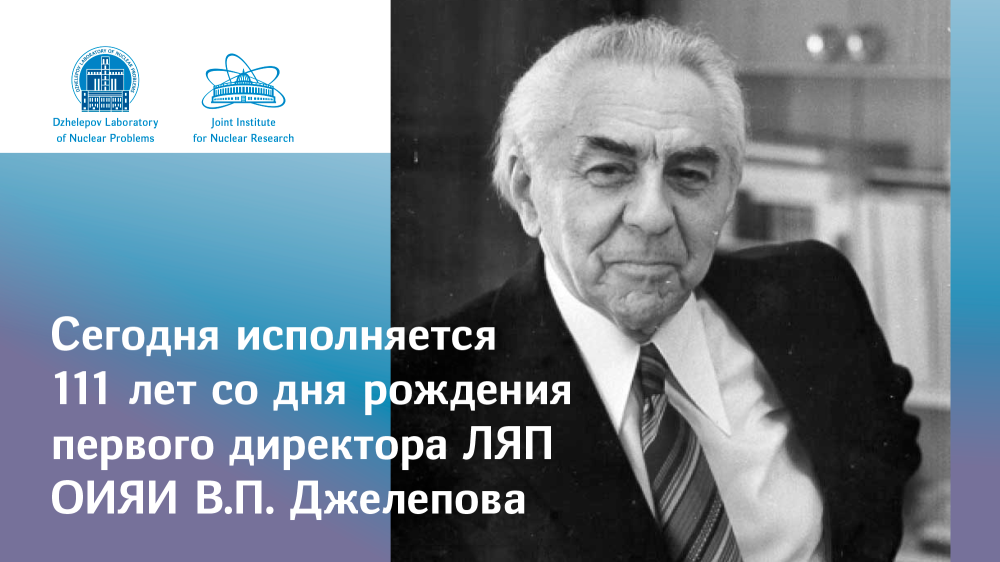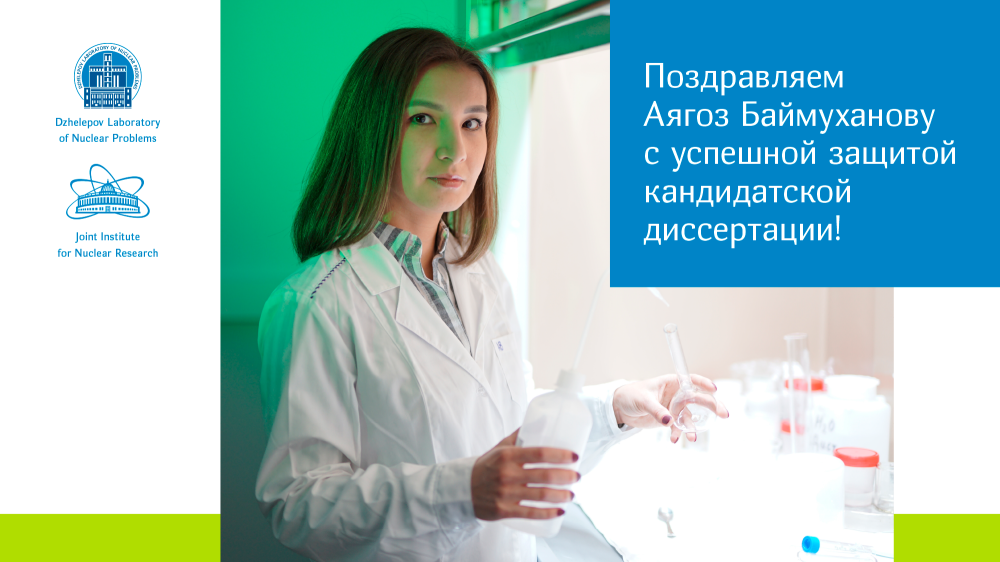Seminar by Aleksei Gus’kov based on his doctoral dissertation, 11 October 2018
The result is in good agreement with predictions of the chiral perturbation theory and opens up wide prospects for more detailed tests of the basics of this model, including a possibility of performing the first measurement of charged kaon polarizabilities. The first ever search for exclusive lepto(photo)production of exotic charmonia, such as Zc(3900)± and X(3872), in the muon scattering by a nuclear target opened up a new direction in the study of these objects. Upper limits were obtained for photoproduction cross sections of the state Zc(3900)±. In the search for X(3872), the study of the invariant mass spectrum of the final state J/ψπ+π− gave an indication of existence of a new charmonium-like particle named (3872), whose properties were seen to be significantly different from the properties of the known state X(3872). The data on photoproduction of exotic charmonia are important for verifying predictions of the theoretical models that try to describe the nature of these mysterious objects.
See the full version of the seminar here.







